Warning: Illegal string offset 'source_type' in /home/mychutej/public_html/blog/wp-content/plugins/egany-facebook-to-wp/egany_facebook_to_wordpress.php on line 1099
A report by World Bank compared the cost of financing pandemic preparedness with the cost of responding to an outbreak. Nations spend far more to respond to a disease than to prevent it in the first place.
In preparation for an outbreak of diseases, we ought to innovate ways to be able to prevent, detect and respond faster. Early preparedness is the binding concept. Provision of preventive elements like vaccines, a good surveillance system that quickly detects disease occurrence across locations and control spread, and a responsive response are the important factors.
This week focuses on the magnanimous importance of early preparedness and getting things set to prevent an outbreak. Ahead of the rainy season comes with an increased incidence of Cholera, the Nigeria Centre for Disease Control (NCDC) hosts experts to a National Cholera Preparedness workshop. Epidemiologists across states present the challenges in the previous cholera outbreaks while noting lessons for improved strategies.
‘Since we can predict some outbreaks, we must prepare for them. I believe these guidelines will increase our level of preparedness’#Cholera pic.twitter.com/R8g1ZlOWsu
— NCDC (@NCDCgov) 31 May 2017
Cholera is endemic in Nigeria and according to the CEO of NCDC, it is a disease of inequality. Cholera outbreak often occurs in areas with poor sanitation and access to clean drinking water. But unlike the previous outbreaks, strict plans are outlined depending on the peculiarity of these locations across the country. Also present at the two day workshop were, representatives from the Ministry of Environmental and Water Resources and Cholera experts from Doctors Without Borders (MSF France) and the World Health Organization (WHO).
‘Each outbreak is a failure of prevention’ – Dominique Legros of @WHO as he provides a global perspective on #Cholera Control pic.twitter.com/lUQquVYJhz — NCDC (@NCDCgov) 31 May 2017
Also this week, Nigeria made a great leap as the Federal Ministry of Health keeps to its health agenda by signing an agreement for the local production of vaccines in Nigeria to effect a transition from international support threshold.
1/ Glad! Nigeria to begin local vaccines production. JV with May&Baker. FG holds 49%. Started with meetings as this⬇https://t.co/T1DQZxfIx7
— Prof. Isaac Adewole (@IsaacFAdewole) 1 June 2017
As we note the response to diseases by the government, a fact remains: disease prevention is the responsibility of everyone. And without mincing words, every regular citizen has the largest responsibility because an outbreak starts from one individual. The question now is: is there a communication system accessible to regular citizens to detect and respond to diseases of public health importance, to mitigate communicate gaps between the health experts and the man on the street?
Consider the hypothetical scenario of an Outbreak of Disease X. Disease X is characterized by nausea, vomiting and passage of loose, bloody stools. It is commonly spread through contaminated water.
The first case occurred within a community with low health facility utilization, and people resident in this community do not consider a visit to the health center the first line of action when they notice symptoms. One man, Mr B, seeks care through other channels, before paying a visit to the Primary Healthcare Centre (PHC), a week after the onset of symptoms. Additionally, Disease X has spread to the 45 other residents of his crowded building, and only two of 10 cases visit the health facility.
What becomes of Mr B, and the persons living in his immediate environment? AlertClinic is an innovative communication tool. Our public health space needs a system that supports disease preparedness efforts by enabling the rapid and qualitative flow of information into and out of communities, regardless of the channel available to them-the World Wide Web, Telephony or Word of Mouth.
When will you join the good people living safe?
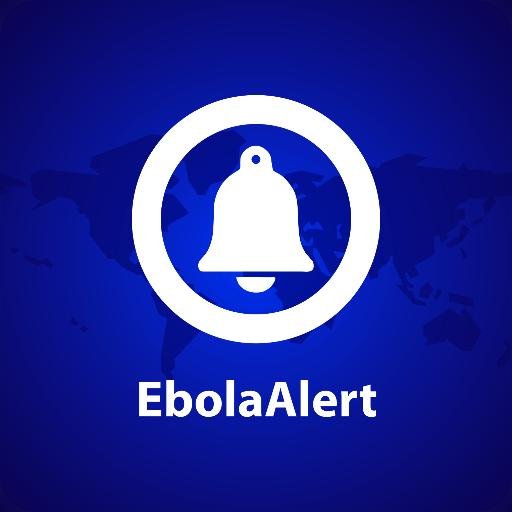
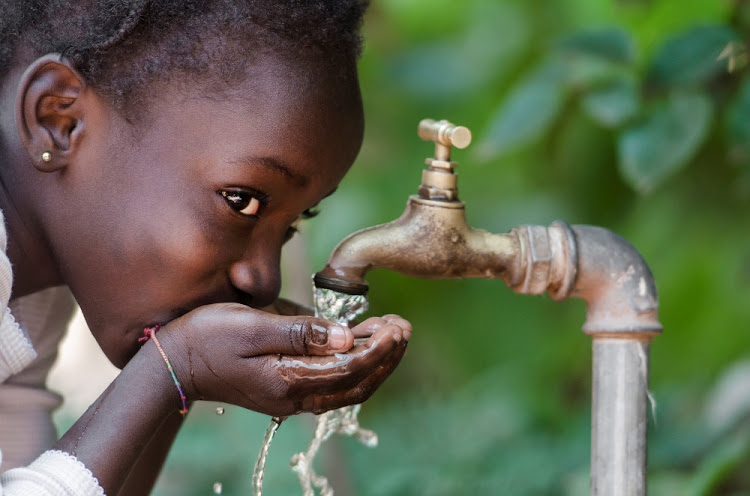
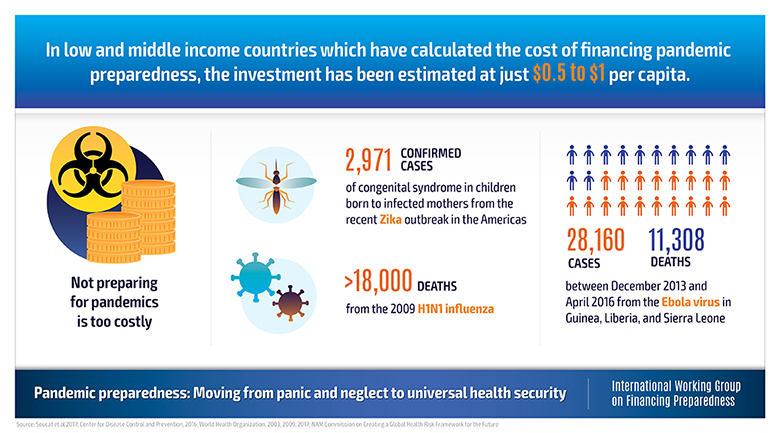
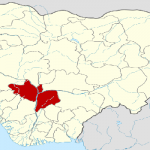
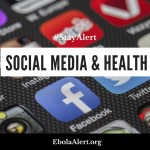
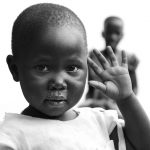
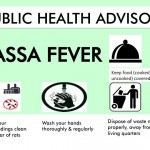
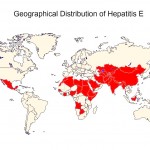






Leave a Reply